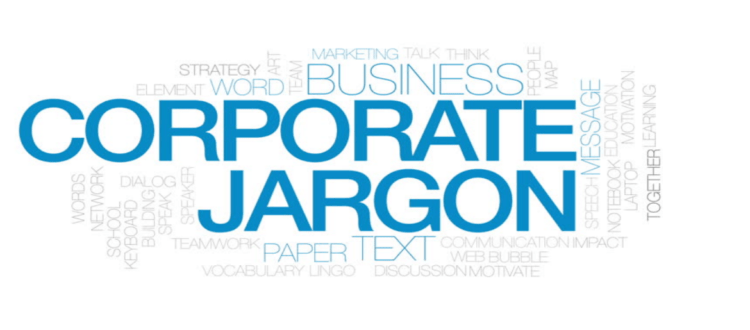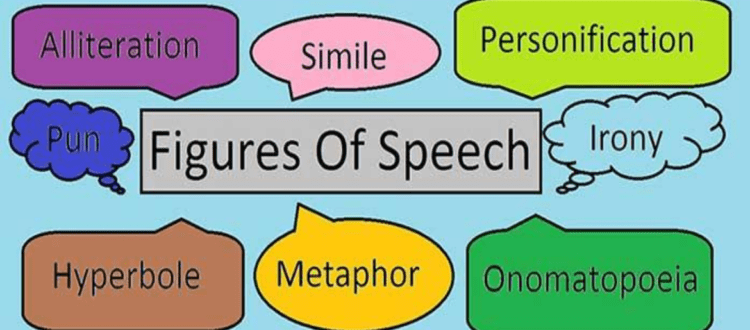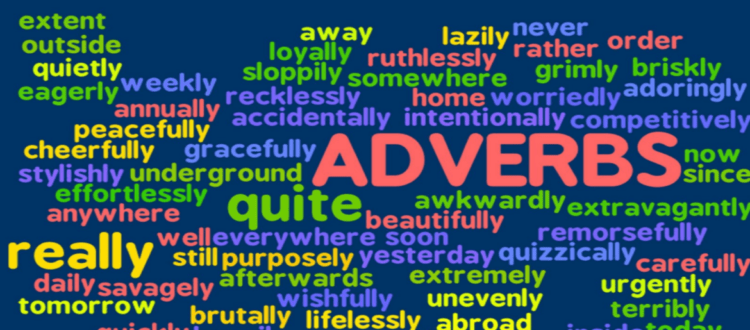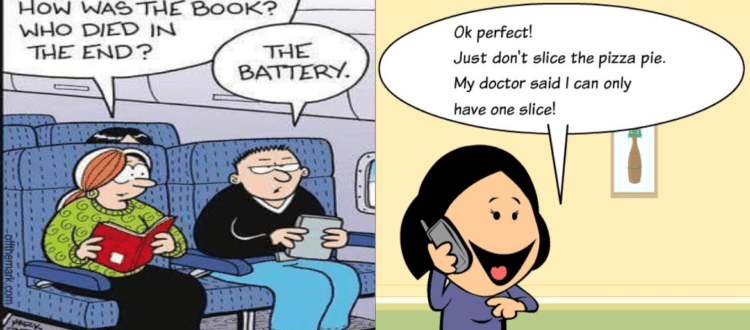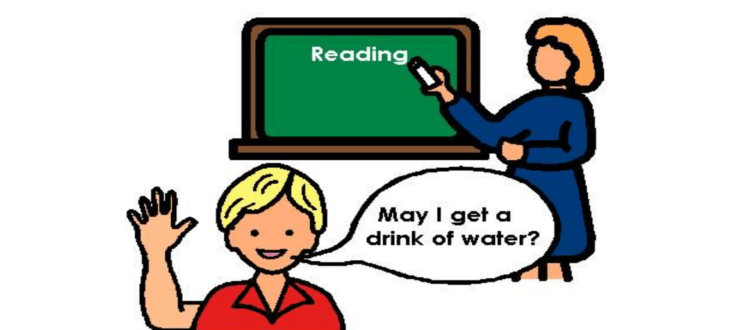10 JARGON USED IN THE CORPORATE WORLD
Corporate Jargons or Corporate lingos or management speak are usually used in workplaces or bureaucracies it is usually traded as being a farce or obscure in meaning. These jargons are inserted in places when one tries to impress an audience normally in the news, media or mainly in advertisements. Moving forward: is getting things done or accomplish something because of progress made. Getting over a project and entering into a new domain or project or going forth incurs the term moving forward. Ex: The CEO expects a change in streamlining information MOVING FORWARD. FaceTime:Time spent with an individual or customer on a video call or at a formal meeting on hangouts, Duo or Skype, Rather than online chat or a telephonic conversation Ex: Some Companies believe FaceTime to be more honest than telephonic conversations. Hard Copy: Is a physical print out or a printed version on paper also copy means something touchable, physical as opposed to A soft copy means a data or information which can be stored on any kind of digital means. Ex: I expect a hardcopy for handout purposes. Whitewater change: An unpredictable market. Its Literal meaning is ‘frothy water’ as in rapids or waterfalls. There is a need to keep our options open in today’s fast paced market as the scenario is prone to rapid and unpredictable changes. We rarely see the depth of a situation if we see froth or a layer of white water on the surface. Ex: We need a plan B and C in our project as we are susceptible to White Water Changes. Circle back: Means talk to you or about the said topic of discussion later. Sometimes there is an unnecessary discussion that hlas far or no relation to the said topic in such situations we say I’ll circle back to you. Ex: That seems to be a far-fetched idea; however we will keep that option in the loop and we’ll circle back to you about it. Ball Park Figure: Approximate or tentative numbers given during an estimate. Usually used by accountants or salesmen. It also could be an average figure that seems to be concluded. You May Also Like: 8 Common Errors While Introducing Yourself. Ex: The Holiday packages we may sell this month may amount to Ball Park of 700,000 What were the key learnings here: what have we derived from the discussion is what is meant in the phrase. Ex: I hope we have understood the strategy and what are the learnings here? The idea won’t scale: The idea is too vague, obscure, adventurous or far-fetched and that makes it unsalable i.e. which cannot help us climb higher. Ex: Selling our product Door to Door sounds like the idea won’t scale. Leverage: Step up in our efforts, ideas, production or profits Ex: We need to Leverage the Economics of our country. Kudos: Congratulations Ex: Kudos to your team effort in achieving your Targets.
